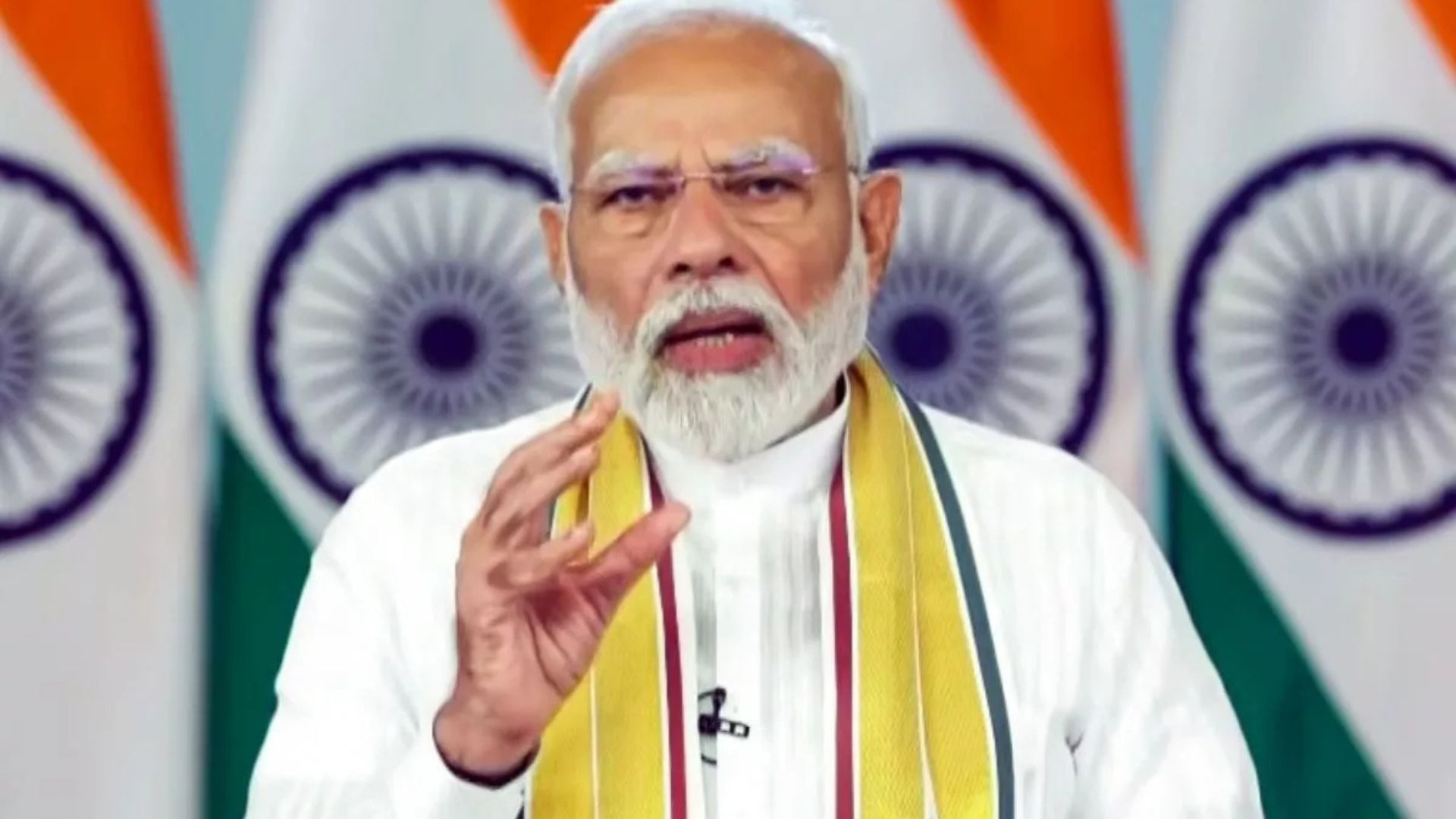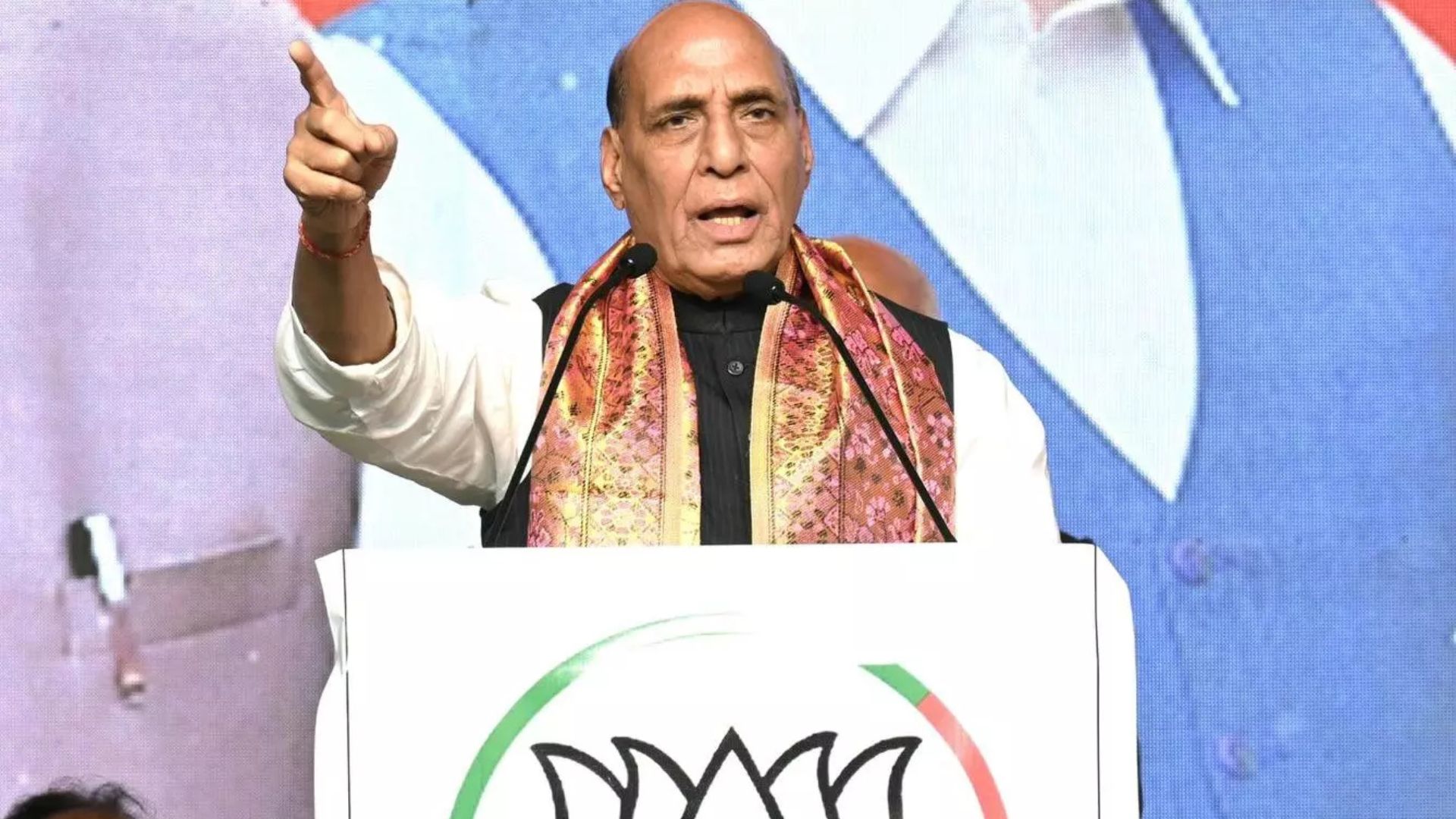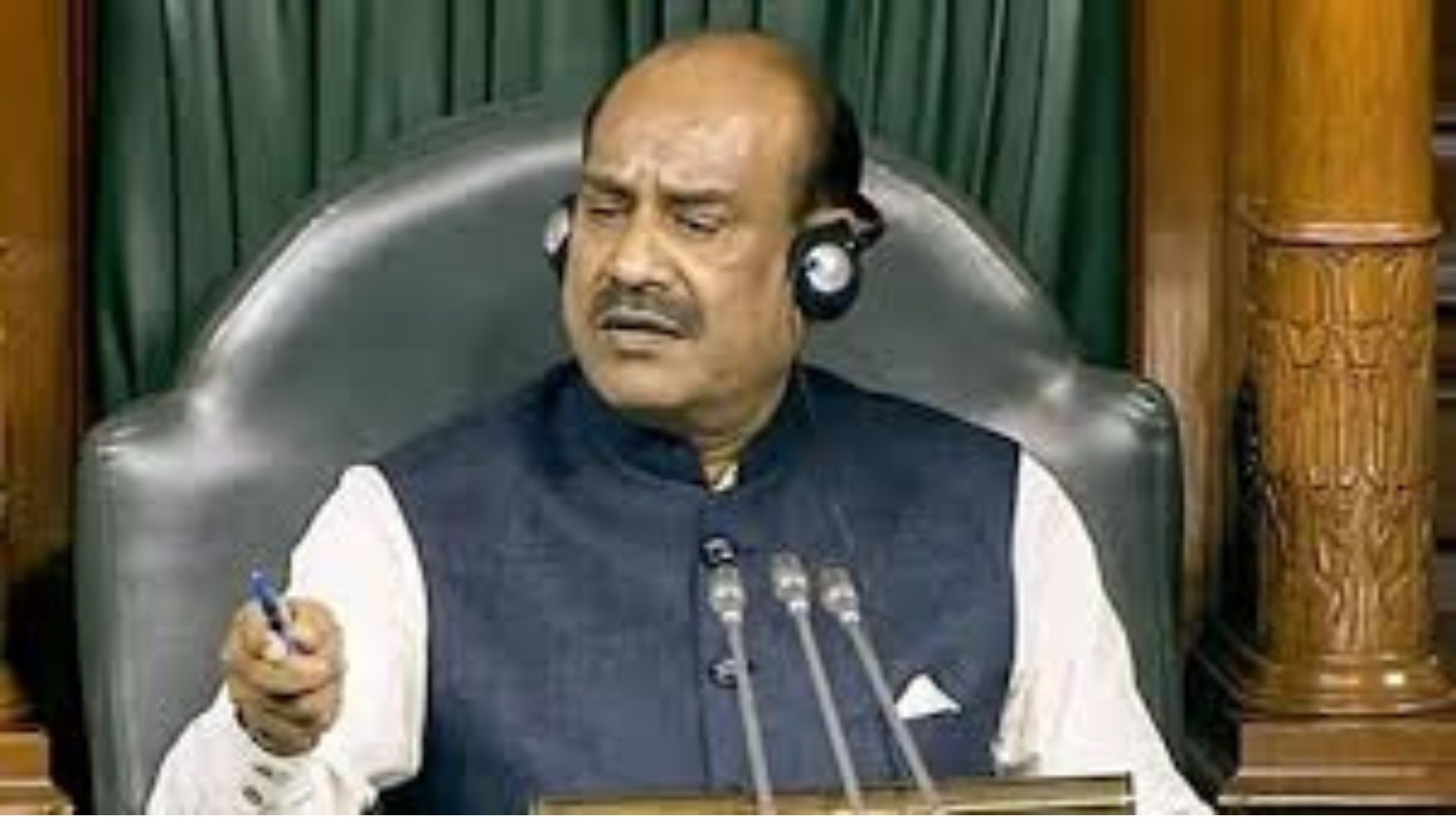
Snapdeal, founded by Kunal Bahl in 2010, notched up a valuation of $6.5 billion in just six years. However, by 2017, it was on the cusp of being wiped out forever, thanks to mounting debt, reckless expansion and massive cash burnout due to an overleveraged business model. Hence, it is indeed commendable that Snapdeal has risen from the ashes like a phoenix in the last three years. Today, Snapdeal has reduced its losses by 95%, while revenues have risen by 85%, aided by traffic that has seen a 100% growth. Last year, more than 27 million unique buyers bought things on the platform. Amidst the pandemic, it added over six million users and 20,000 new sellers, apart from the existing 500,000 sellers. Snapdeal’s humble beginnings, meteoric rise, debilitating fall and magical turnaround have many lessons to teach. The most important one is: Never lose focus and never go overboard.
Comparisons are most often odious, but Prime Minister Narendra Modi’s outstanding handling of the Covid-19 crisis and resultant challenges also have the same message—focus, calibrate and move forward without over-indulgence. The plan for a self-reliant India, or “Aatmanirbhar Bharat”, aims to focus on land, labour, liquidity and laws. Similarly, PM Modi’s “Vocal for Local” is not about import substitution or exclusion—it is about being self-sustaining and self-generating, but without the trappings of an outdated Nehruvian model, that had been steeped in isolationism.
In September 2020, echoing the above mantra, the index of Industrial Production (IIP) grew by 0.2% with a reading of 123.2, reversing six months of decline. Electricity, mining, consumer durables and non-durables jumped by 4.9%, 1.4%, 2.8% and 4.1%, respectively. The improvement was broad-based and three out of six use-based categories were able to display a growth in September 2020, which is very encouraging. It is unfair to say that the good performance was only due to a favourable base effect and inventory build-up prior to the festive season. The positive growth in infrastructure and construction was, for instance, driven by higher government spending.
Again, PM Modi’s “Vocal for Local” call led to record festive season sales. According to the Confederation of All India Traders (CAIT), sales of around Rs 72,000 crore were recorded this year on Diwali, a 10.8% growth over last year’s figures. Equally, China lost almost Rs 40,000 crore in business. The other positive news was that foreign portfolio investors (FPIs) invested a massive of over Rs 32,777 crore into Indian markets in November 2020, while that number was Rs 21,826 crore in October. The last high in terms of FPI inflows in a single month had been in March 2019, amounting to Rs 36,927 crore. Clearly, corporate earnings and the reforms undertaken by the Modi government have kept investor sentiment upbeat.
Amidst the ensuing slew of positive data flows, the Modi government has announced a stimulus of Rs 2.65 lakh crore under Aatmanirbhar Bharat 3.0, taking the total stimulus till date, since the onset of Covid, to Rs 29.88 lakh crore, which is akin to almost 15% of GDP. The government’s contribution to the stimulus is 9%, with the remaining 6% coming from the RBI. It is true that the Rs 1.46 lakh crore expenditure in the form of production-linked incentives (PLIs) to ten new sectors will be over five years. That said, there is no denying the fact that Aatmanirbhar Bharat 3.0 will have a multiplier impact on consumption, especially across stressed sectors, accelerate economic recovery and incentivise job creation through a virtuous cycle. The Modi government has already approved PLI schemes for three sectors at a cost of Rs 51,355 crore, debunking claims by naysayers, who falsely alleged that the government has been stingy in spending.
Earlier, the Rs 1.93 lakh crore allocated for the Pradhan Mantri Garib Kalyan Package (PMGKP), Rs 11.03 lakh crore allocated towards the Aatmanirbhar Bharat Abhiyaan 1.0, Rs 82,911 crore for the PMGKP Anna Yojana (which was extended till November) and Rs 12.71 lakh crore infused via RBI measures, announced till 31 October 2020, have not only injected liquidity into money markets, but also increased purchasing power via direct benefit transfer (DBT), improved cash flows by recalibrating EMIs and provided access to cheap credit for MSMEs, migrants and farmers. Processing 13.78 lakh applications from the 26.62 lakh received to sanction Rs 1373.33 crore under the SVANidhi scheme to hawkers and street vendors is a ringing endorsement for how Prime Minister Modi’s Aatmanirbhar Bharat agenda is both holistic and inclusive.
Since jobs have been at the forefront of every recent debate, the Modi government will provide subsidy for two years in view of the newly eligible employees engaged on or after 1 October 2020 under the Aatmanirbhar Bharat Rozgar scheme, at an additional cost Rs 6,000 crore. The overall allocation under this scheme is Rs 36,000 crore. Employee contributions (12% of wages) and employer contributions (12% of wages), totaling 24% of wages, would be given to Employees› Provident Fund Organisation (EPFO) registered establishments employing up to 1,000 people. The 24% subsidy covers 95% of EPFO establishments. Those employing more than 1,000 employees would get only 12% employees› subsidy. The addition of new employees would have to be above the base of September’s employee count. Also, if a company has up to 50 workers by the end of September, then it needs to create at least two jobs to become eligible for the EPFO subsidy and it will be an addition of “five new employees if reference base is more than 50 employees”. New employees have been classified as those with a monthly wage of less than Rs 15,000, who have never been registered with EPFO earlier. But companies who hire workers who lost their jobs between 1 March 2020 and 30 September 2020, with a salary cap of Rs 15,000 per month, shall also be eligible for getting this subsidy. The Aatmanirbhar Bharat Rozgar Yojana will be operational until 30 June 2021. Besides, under the stimulus package, an additional Rs 10,000 crore have been set aside for the PM Garib Kalyan Rozgar Yojana in the current financial year. It is to be noted that this scheme is in progress in 116 Indian districts and Rs 37,543 crore have already been spent.
Moreover, Rs 73,504 crore have already been released by the Modi government for rural jobs under the Mahatma Gandhi National Rural Employment Guarantee Scheme (MGNREGS), leading to the creation of 251 crore man-days of employment. Rs 65,000 crore support for agriculture, in the form of fertiliser subsidy, Rs 18,000 under PM Awaas Yojana-Urban (PMAY-U), that will help 12 lakh houses to be grounded and 18 lakh houses to be completed, besides generating 78 lakh jobs, are all indicative of the Modi government›s commitment to empower weaker sections. An estimated increase in fertiliser usage of 17.8%, over the actual usage of 571 lakh metric tonnes in 2019-20, has also been noted. In 2016-17, the fertilizer consumption was 499 lakh metric tonnes, which is slated to rise to 673 lakh metric tonnes in 2020-21, showcasing how the rural growth story under Prime Minister Modi has had a big head start.
Again, Rs 10,200 crore for industrial infrastructure and domestic defence equipment, Rs 10,000 crore towards rural employment and Rs 6,000 crore for equity infusion in national infrastructure investment fund (NIIF)›s debt platform have been significant steps. NIIF›s debt platform has a loan book of Rs 8,000 crores and a deal pipeline of Rs 10,000 crore. NIIF and its investors/affiliates will raise debt of Rs 95,000 crore from the market and will provide infra project financing of over Rs. 1.10 lakh crore by the year 2025. NIIF funds have already invested in downstream funds and companies to the tune of Rs 19,676 crore, showcasing how infrastructure development is a continued focus area for the Modi government. Additionally, replacing earnest money deposit (EMD) with bid security declaration (BSR) and relaxing performance security fees on contracts, to 3% from 5-10%, should hasten project completion.
A Rs 3,000 crore boost for project exports under the IDEAS scheme and Rs 900 crore as R&D grant for Covid Suraksha and vaccine development are the other defining features of Aatmanirbhar Bharat 3.0. Exim Bank has extended lines of credit (LOC) to provide assistance to developing countries under IDEAS, which promotes Indian exports by mandating recipient countries to import at least 75% value of the LOC. It is to be noted that till date, 811 export contracts aggregating $10.50 billion are being financed under LOC.
MSMEs have always been a focus area for the Modi government and the emergency credit line guarantee scheme (ECLGS) 2.0 proves this. ECLGS 2.0, for supporting stressed sectors, by giving collateral-free loans with a tenor of five years, including a one-year moratorium on principal repayment, is a clear example of how a targeted and calibrated approach is paying rich dividends. The scheme will be available till 31 March 2021. ECLGS 1.0 has been a resounding success, with Rs 2.05 lakh crore sanctioned to 61 lakh borrowers and Rs 1.52 lakh crore already disbursed. The eligible entities under this scheme are MSMEs, business enterprises, individual loans for business purposes and MUDRA borrowers.
To fuel demand in the residential housing sector, the Modi government has raised the differential from 10% to 20% (under section 43CA of Income Tax Act) for the period from the date of the announcement to 30 June 2021 in the case of primary sale of residential units of value up to Rs 2 crore. A consequential relief up to 20% shall also be allowed to buyers of these units under Section 56(2)(x) of IT Act for the said period. Focus on real estate sector is also evident from SWAMIH scheme, where 135 projects with an outlay of Rs 13,200 crore, have already been approved. This will result in the completion of 87,000 stuck houses.
In the movie, The Curious Case of Benjamin Button, there is a quote which goes: “Our lives are defined by opportunities, even the ones that we miss.” Well, the last one year for the Modi government has been extraordinary for the sheer number of opportunities that were seized to create new milestones. India trumped France in 2019 and then surpassed the United Kingdom in early 2020 to become the world’s fifth largest economy. Goldman Sachs, as if on cue, recently revised India’s real GDP growth forecast to 13% in FY22, well above consensus expectations of 10.9%. “When the world is in crisis, we must pledge—a pledge which is bigger than the crisis itself. We must strive to make the 21st century India’s century. And the path to do that is self-reliance”—this powerful quote by PM Modi sums up the ethos of Modinomics in more ways than one.
The writer is an economist, national spokesperson of the BJP and the bestselling author of ‘Truth & Dare: The Modi Dynamic’. The views expressed are personal.















